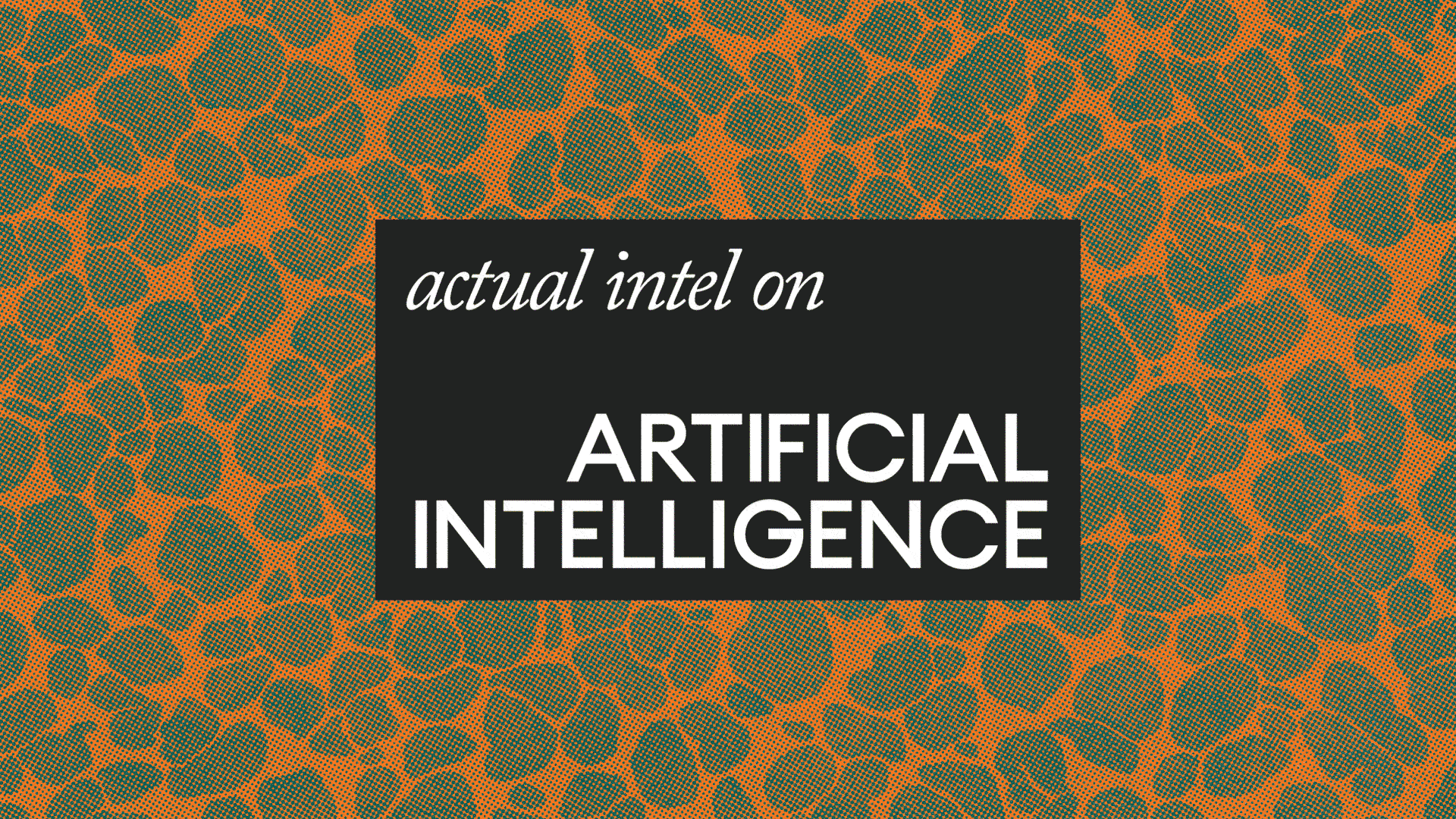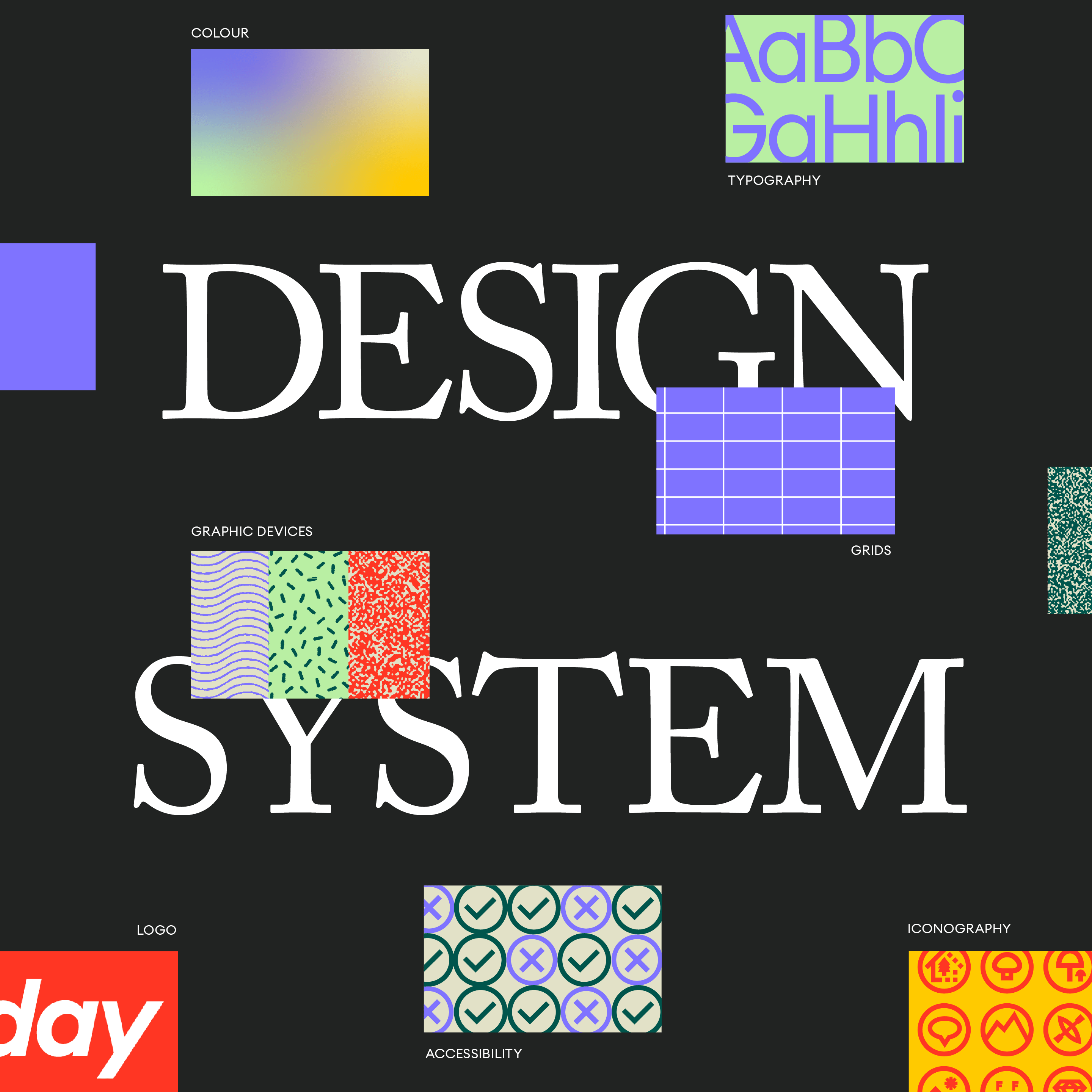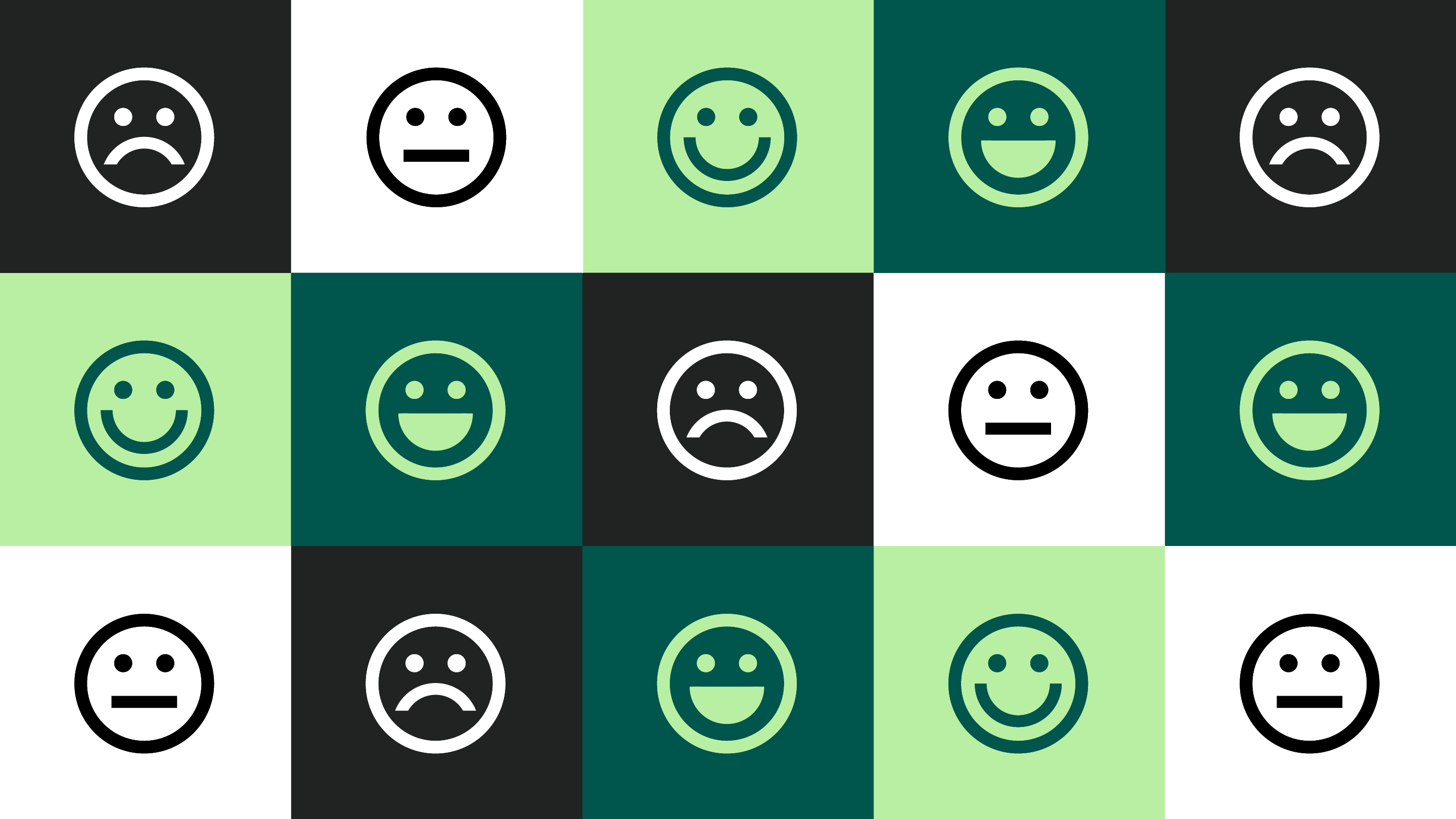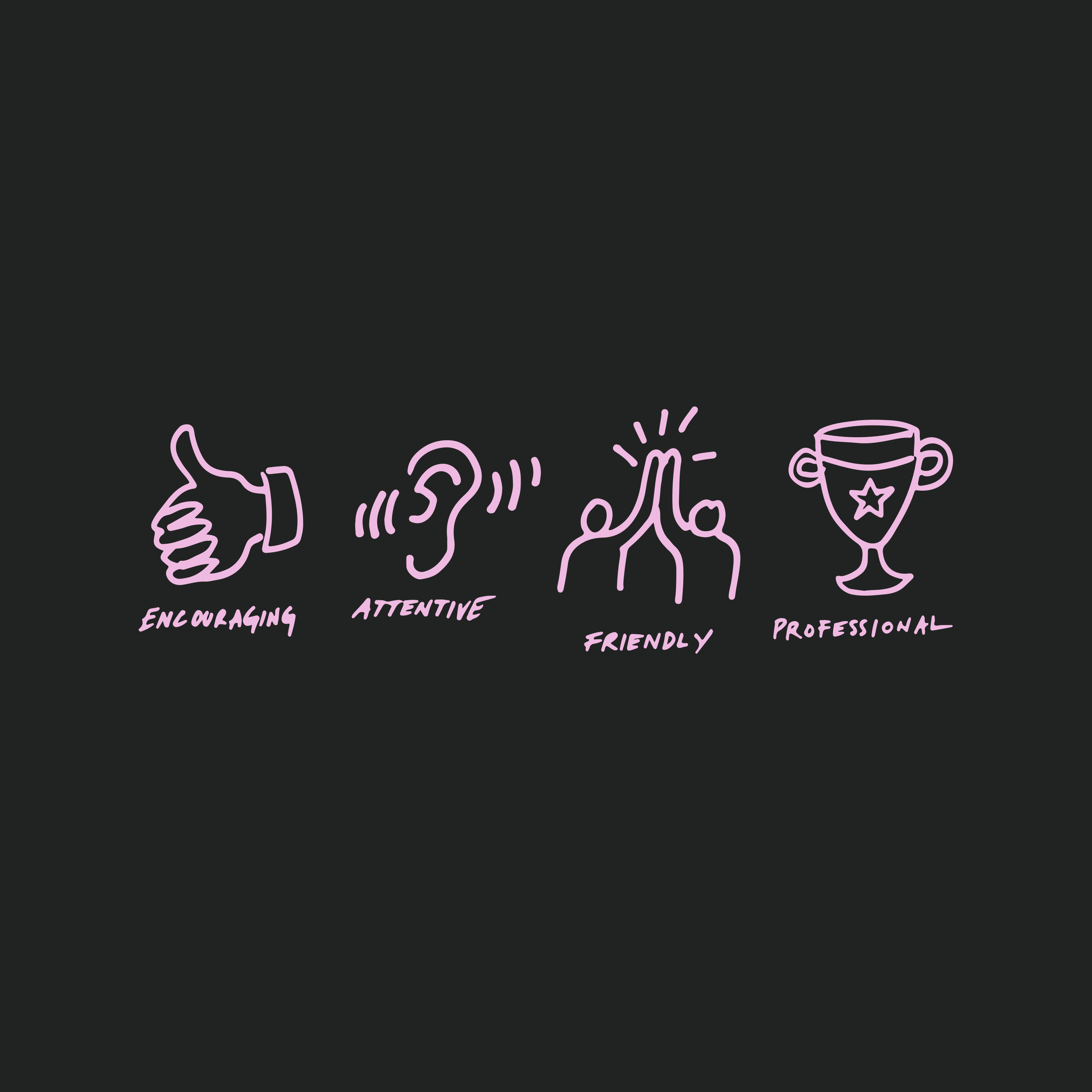AI is exciting, groundbreaking, illuminating and… kind of terrifying. It has many people asking: “Could this really take my job?” But also “Could I lose my job if I use this?”
Here at Monday we’ve been filled with wide-eyed, fresh-faced curiosity about AI large language processing models (LLMs), and we hope the things we’ve learned can help you feel liberated to dip your toes in too.
Here’s what we think every brand marketer should know as AI shapes your work:
Use AI to visualize concepts for easier client buy-in
We aren’t experts on the ethical implications of AI, but the risks are hard to ignore. It’s important to be cautious with your AI artwork: for consumer-level AI image generators like DALL-E and Midjourney, it’s difficult to fully understand what images the model was trained on, or what’s being pulled from for your particular prompt.
That being said, you can still use AI image generators to your advantage, without using the generated image for copyright content. AI image generation can fill gaps in your creative skillset. Maybe you’re struggling to translate your vision to moodboards because you can’t find the right reference images, but you also don’t have the time to illustrate or photograph it yourself for concept approval. Or maybe you have a grand vision about a cinematic 3D product overview, and you need more than sketches or storyboards to get client buy-in.
Our favourite part of visualizing concepts with AI is that, if the concepts move forward, you can use it to hire talented artists to evolve it, instead of using AI in the final artwork. Hiring contractors to execute on your vision gives you more precision with creative direction and, in our opinion, higher quality imagery for the final product. It also means continuing to support the creative community by creating more paid opportunities, AKA: The complete opposite of letting AI take over creative jobs. Nice.
If you want to dive a bit deeper into the risks of AI, we recommend you start with this article from the MIT Technology Review which discusses the ethical and copyright challenges posed by AI-generated art, as well as the potential risks associated with open-source AI models—like copyright infringement—and the censorship of politically sensitive topics.
Creative iterating has never been easier
If you have a strong marketing toolkit to guide you, AI can help you reach the finish line so much faster. You can craft prompts for AI that generate a list of ideas for your specific audience, or to write copy in your brand voice.
Need to write 10 email subject lines for this month’s batch? No problem: have AI generate a long list and pick and choose what works. Pair those with the perfect email modules (read more about those in our handy guide from earlier this year) and you’ve seriously streamlined your process. You’re welcome. It’ll always need edits—that’s why we still have our human jobs. When done right, tapping in an AI assist can get you halfway there in half the time.
Creative block? We don’t know her
Stuck on developing concepts? Let your AI platform of choice give you a list based on your brainstorming notes. They probably won’t be groundbreaking, but they’ll keep the ideas flowing when your brain hits a block. Often a rudimentary list of ideas can spark something new you hadn’t thought of before.
Now, imagine you’ve refined a concept into a killer deck, but your brain is toast after iterating design concepts, and all that’s left is to write out your rationale and notes. At this point, just looking at the blank notes app is getting you nowhere. You’ve hit the creative wall. Instead of banging on that wall for hours, try giving Chat GPT a “sparknotes” of your original ideas and letting it transform it into a design rationale. The results are often wordy and not quite voiced right, but once you cut out the fluff, this process can really help with the wording of your key ideas when your brain can’t keep up.
Get on board, or get out of dodge?
The day that AI output is better than our human employees’ is still in the distance. For now, harnessing AI is definitely a skill to learn: mastering the art of the right prompt to guide your AI model in the proper direction might be a new mandatory skill for marketing jobs in the near future. Either way, it’s not a bad idea to familiarize yourself with these AI applications and start dipping your toes in, so you don’t get left behind.







